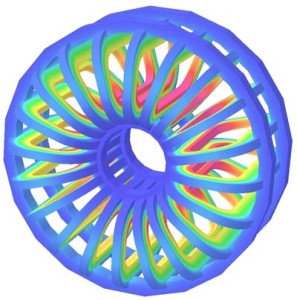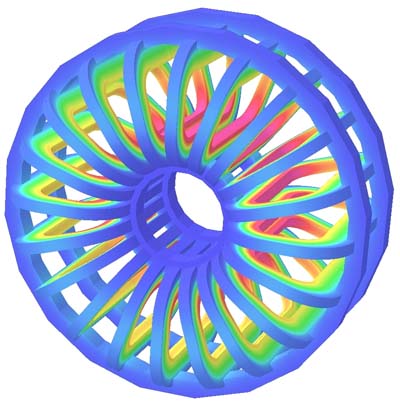 The parallelization of engineering software has taken a step forward with the announcement that engineers can now solve their electromagnetic design problems faster with new software just released by Cobham Technical Services because it has been specifically configured to use the shared memory architecture of multi-core processors.
The parallelization of engineering software has taken a step forward with the announcement that engineers can now solve their electromagnetic design problems faster with new software just released by Cobham Technical Services because it has been specifically configured to use the shared memory architecture of multi-core processors.
The problem of scaling legacy application software efficiently to take advantage of thousands, if not, hundreds of thousands of cores as well as GPUs or other accelerators is one of the major issues in high-performance computing. Cobham’s announcement brings the issue to smaller workstations or even desktops, which can contain up to 12 cores and multiple GPUs.
Recent announcements within the HPC community emphasize the importance of a high degree of parallelization for extreme-scale scientific computing. Instances include the Barcelona Supercomputing Centre scaling its ‘Alya’ in-house multi-physics code to 100,000 cores of NCSA’s Blue Waters supercomputer and also how researchers using SuperMUC at the Leibniz Supercomputing Centre in Munich won the ISC award for sustained petascale performance for their work on ‘SeisSol‘ software to simulate earthquakes – scaled to more than 145,000, cores.
But now mid-sized engineering companies will be able to take advantage of code parallelized for multiple core computing. The new parallel processing software accelerates one of the major electromagnetic simulation solver options for Cobham’s Opera-3d suite of electromagnetic and multi-physics design tools.
The software uses finite element (FE) analysis to compute the physical interaction of charged particles with electrostatic or magnetostatic fields. The effects of space charge, self-magnetic fields and relativistic particle flow are included in the analysis.
Developed from the sequential processing version of Opera’s space charge solver, also known as SCALA, the newly parallelized 3D Space Charge module uses code that is specifically optimized for the shared-memory architecture of multi-core processors.
Although the speed benefit of parallel processing depends on model complexity, highly iterative and computationally-intensive analysis tasks can be accelerated by the technique. By parallelizing the solve process, including the existing efficient particle tracking algorithms, the parallel processing version of the 3D Space Charge module can reduce simulation run-times.
Application areas include X-ray machines, electron microscopes, field emission displays, mass spectrometers, electron beam lithography equipment, ion-beam sources and magnetron sputter coaters, where the software should help engineers and scientists reduce the development costs and program timescales of devices such as electron or ion guns.
This story appears here as part of a cross-publishing agreement with Scientific Computing World.




